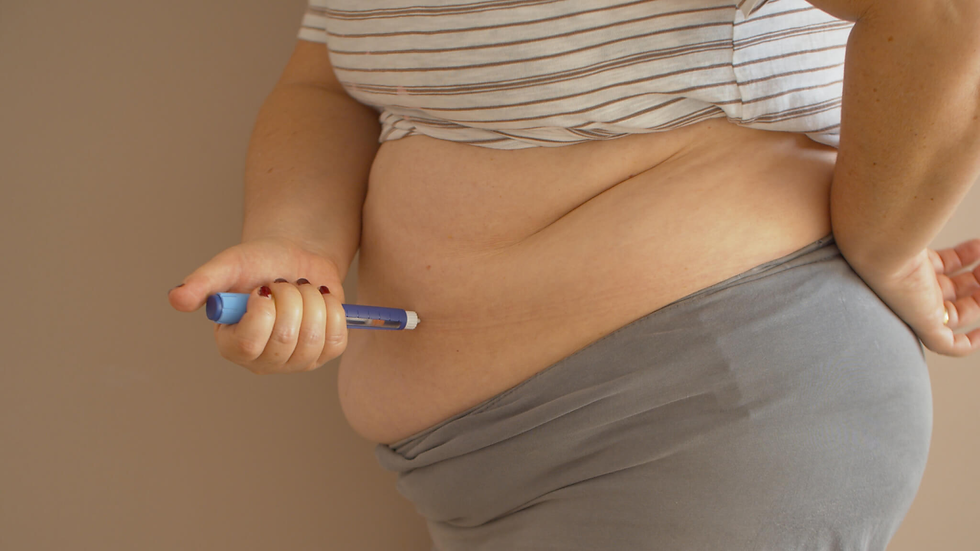Is Plasma Pen Treatment Safe? Important Considerations
- kishwar adnan
- Jul 11, 2024
- 2 min read
Plasma Pen treatment is generally considered safe when performed by a trained and qualified practitioner. However, like any cosmetic procedure, it's essential to consider several important factors and potential risks before undergoing treatment. Here's a detailed exploration of the safety considerations for Plasma Pen Treatment In Dubai:
Understanding Plasma Pen Technology
Plasma Pen treatment utilizes a handheld device that generates plasma energy to rejuvenate and tighten the skin. This non-surgical procedure works by creating controlled micro-traumas on the skin's surface, stimulating collagen and elastin production, which helps improve skin tone, texture, and elasticity.

Safety Considerations
1. Qualified Practitioner
Choosing a licensed and experienced practitioner is crucial for the safety and effectiveness of Plasma Pen treatment. A skilled practitioner will have undergone training specific to the device and technique, ensuring proper application and minimizing potential risks.
2. Consultation and Assessment
Before undergoing Plasma Pen treatment, a thorough consultation with the practitioner is necessary. During this consultation, the practitioner will assess your skin condition, discuss your medical history, and address any concerns you may have. This assessment helps determine if you are a suitable candidate for the procedure.
3. Potential Risks
While Plasma Pen treatment is generally safe, it may carry some risks and side effects, including:
Swelling and Redness: Mild to moderate swelling and redness at the treatment site are common immediately following the procedure. These effects typically subside within a few days.
Scabbing and Crusting: The formation of small scabs or crusts on the skin is a natural part of the healing process. It's essential not to pick at these scabs to avoid scarring and ensure proper healing.
Pigment Changes: In some cases, temporary changes in skin pigmentation, such as hyperpigmentation (darkening) or hypopigmentation (lightening), may occur. These changes are usually temporary but can be more pronounced in individuals with darker skin tones.
Infection: Although rare, there is a risk of infection if proper aftercare instructions are not followed. It's crucial to keep the treated area clean and avoid exposure to potential contaminants during the healing process.
4. Skin Sensitivity and Healing
Individuals with sensitive skin or certain medical conditions may have an increased risk of adverse reactions to Plasma Pen treatment. It's essential to disclose any allergies, skin sensitivities, or underlying health conditions to your practitioner during the consultation.
5. Post-Treatment Care
Following proper post-treatment care instructions is essential to minimize risks and promote optimal results. This may include applying prescribed topical creams, avoiding sun exposure, and keeping the skin hydrated during the healing period.
6. Realistic Expectations
Having realistic expectations about the results of Plasma Pen treatment is crucial. While it can significantly improve skin tone and texture, it may not achieve the same dramatic results as surgical procedures. Your practitioner can provide insights into what you can expect based on your skin type and treatment goals.
Conclusion
Plasma Pen treatment offers a safe and effective option for skin rejuvenation when performed by a qualified practitioner. By understanding the technology, potential risks, and necessary precautions, individuals can make informed decisions about pursuing this non-surgical cosmetic procedure. Consulting with a reputable practitioner, following proper aftercare protocols, and maintaining realistic expectations are key to achieving satisfying results with Plasma Pen treatment.







Comments